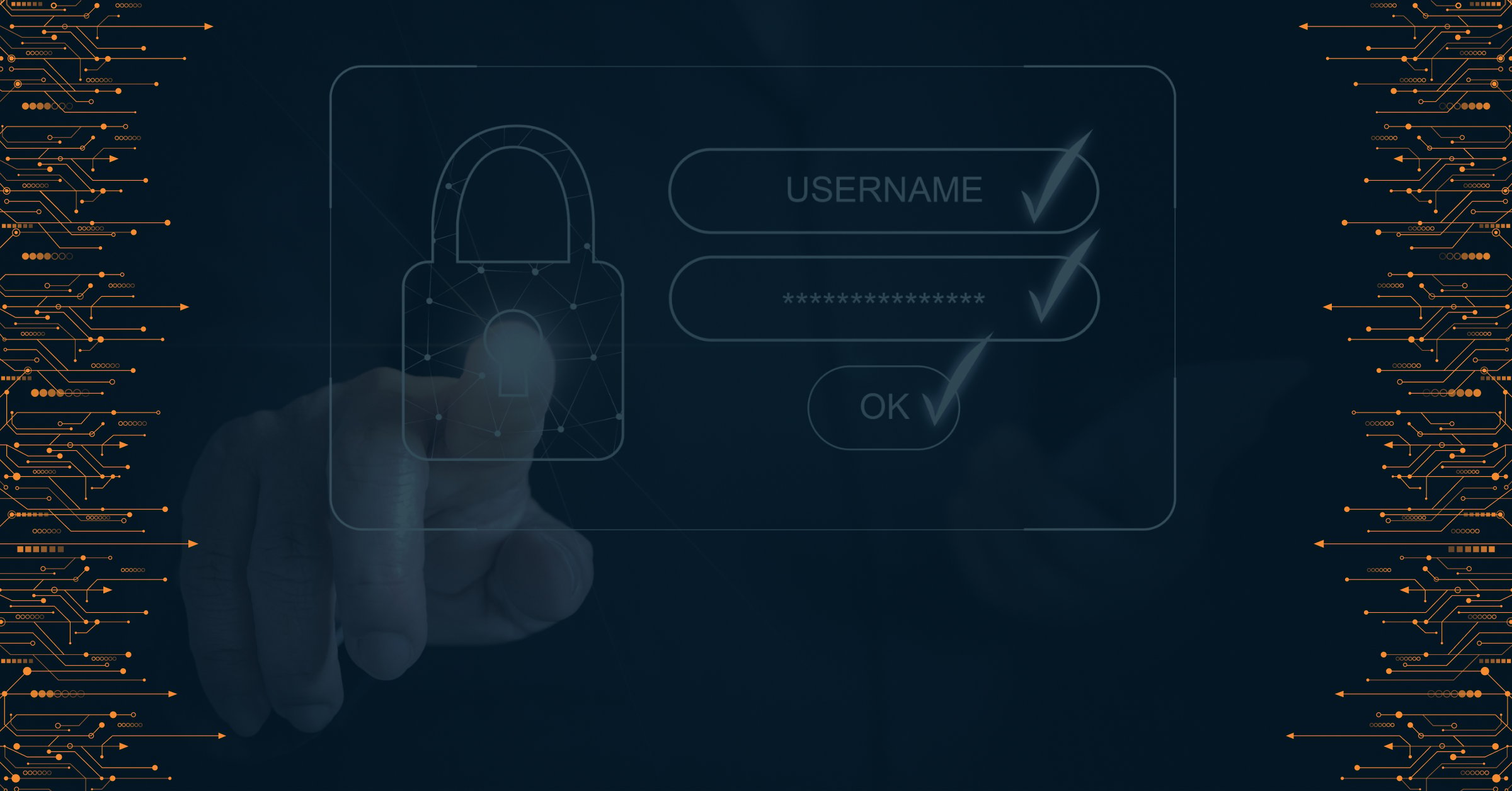Chief Information Security Officers (CISOs) find themselves at the forefront of the battle against cyber threats in the fast-paced and interconnected digital landscape. Operating in industries with high stakes, such as Banking & Finance, Fintech, E-Commerce, and Insurance, CISOs encounter unique challenges that demand innovative and strategic solutions. This article delves into the multifaceted challenges faced by CISOs in these sectors and presents a comprehensive guide on how to overcome these obstacles effectively.
Common Challenges Faced by CISOs
Insufficient Budgets for Cybersecurity
The perennial challenge of insufficient budgets for cybersecurity remains a significant hurdle for CISOs. In sectors like Banking and finance, where the potential financial impact of a breach is substantial, limited resources can leave organizations vulnerable to sophisticated cyber threats.
Navigating Stringent Regulations
The regulatory landscape is ever-evolving, and compliance remains a constant challenge for CISOs, particularly in heavily regulated industries such as Banking and Finance, or Insurance. Staying abreast of changing regulations and ensuring compliance adds a layer of complexity to the already demanding role of a CISO.
High Rates of Burnout
The demanding nature of the CISO role often leads to high rates of burnout, impacting both personal well-being and organizational effectiveness. This challenge is especially pertinent in industries like Fintech, where the fast-paced and high-pressure environment can take a toll on cybersecurity professionals.
Convincing the Business to Prioritize Vendor Risk Management
While vendor risk management is crucial, convincing business leaders to prioritize it can be challenging. In sectors like E-Commerce, where reliance on third-party services is common, overlooking the potential risks associated with vendors can have severe consequences for an organization's cybersecurity posture.
Integration of Various Products and Services
The use of multiple cybersecurity products and services simultaneously can lead to inefficiencies, increased costs, and compatibility issues. Streamlining these tools is a significant challenge, especially in industries that rely heavily on diverse technologies such as Banking & Finance and Fintech.
Strategies for CISOs to Overcome Challenges
Clearly Define Main Business Objectives
To overcome the challenge of insufficient budgets, CISOs must articulate how cybersecurity aligns with the main business objectives of the organization. By demonstrating the tangible impact of cybersecurity on business success, CISOs can secure the support and resources needed to implement robust security measures. In industries like E-Commerce, where customer trust is paramount, a clear alignment of cybersecurity objectives with business goals is essential.
Improve Transparency and Communication
Effective communication is a cornerstone in addressing the challenges faced by CISOs. Transparently conveying the risks and potential impacts of cyber threats to stakeholders fosters a culture of shared responsibility. This is particularly important in industries like Banking & Finance, where trust is at the forefront. Regular communication channels, such as risk assessments and threat briefings, can help bridge the understanding gap between cybersecurity teams and other business units.
Optimize Workflow Through Automation
Embracing security automation is a strategic move to enhance efficiency and effectiveness. Automation can streamline routine tasks, such as threat detection and incident response, allowing security teams to focus on more strategic aspects of cybersecurity. In the fast-paced environment of Fintech, where speed and precision are critical, automation can be a game-changer in managing cyber threats.
Establish Third-Party Risk Management Programs
Recognizing the importance of vendor risk management, CISOs should actively promote the establishment of robust programs. Regular assessments of third-party security practices are crucial, especially in E-Commerce and industries where external partnerships are common. By integrating vendor risk management into the overall cybersecurity strategy, CISOs can mitigate the potential risks associated with external partners, ensuring a more resilient cybersecurity posture.
Invest in All-In-One Solutions
To address the challenge of managing multiple cybersecurity products, CISOs should consider adopting comprehensive, all-in-one solutions. These integrated platforms provide a unified view of the organization's security posture, reducing the complexity and costs associated with managing disparate tools. In industries like Banking & Finance, where the cost of a security breach can be astronomical, investing in streamlined and integrated solutions is a proactive measure to enhance cybersecurity effectiveness.
Embrace Continuous Training and Skill Development
The cybersecurity landscape is dynamic, and staying ahead of evolving threats requires a skilled and knowledgeable workforce. CISOs should invest in continuous training and skill development programs for their teams. This is particularly relevant in industries like Insurance, where the nature of risks is diverse and constantly changing. A well-trained and adaptable cybersecurity team is better equipped to handle emerging threats and contribute to the overall security resilience of the organization.
Forge Collaborative Partnerships
Collaboration with industry peers, government agencies, and cybersecurity organizations is essential for CISOs facing complex challenges. Sharing insights, threat intelligence, and best practices can enhance the collective cybersecurity posture of the industry. In sectors like Fintech, where innovation is rapid, collaborative partnerships can provide a valuable network for information exchange and collective defense against cyber threats.
Conclusion
The role of a Chief Information Security Officer in industries like (but not limited to) Banking & Finance, Fintech, E-Commerce, and Insurance is laden with challenges. From budget constraints to regulatory complexities and the demanding nature of the job, CISOs must adopt a multifaceted strategy to navigate the cybersecurity storm effectively. By clearly defining business objectives, improving transparency and communication, embracing automation, establishing robust third-party risk management programs, investing in integrated solutions, and fostering continuous training and collaborative partnerships, CISOs can slowly but surely overcome the unique challenges they face. In doing so, they not only safeguard their organizations from cyber threats but also contribute to the overall resilience and security of the industries they operate in.

PRODAFT Team
Stay up to date
Browse Posts
Browse by topics
- Cybercrime awareness (15)
- Cybersecurity for Businesses (10)
- Risk management (7)
- Cybersecurity Tips (6)
- Digital safety (6)
- Proactive Threat Intelligence (6)
- Cyber threat protection (5)
- Cyberattacks (5)
- Risk intelligence (5)
- Threat Prevention (5)
- Data Protection (4)
- Network Security (4)
- Phishing (4)
- Supply chain risks (4)
- TTPs (4)
- Artificial intelligence (3)
- Critical network infrastructures (3)
- Malicious websites (3)
- Malware (3)
- Social engineering (3)
- Data breaches (2)
- Insider Threats (2)
- NIS2 Directive (2)
- Ransomware (2)
- CISOs (1)
- Cryptocurrencies (1)
- Cyber espionage (1)
- Cyber extortion (1)
- Cyber fraud (1)
- Cybersecurity Collaboration (1)
- DDoS Attacks (1)
- Deepfakes (1)
- DoS Attacks (1)
- Fake social media (1)
- Incident Response (1)
- Internet of things (1)
- Money Laundering (1)
- Multi-factor authentication (1)
- One-day vulnerability (1)
- Remote Work (1)
- Stealers (1)
- SystemBC (1)
- The Cyber kill chain (1)
- Threat Intelligence solutions (1)
- Tor browser (1)
- Traffic Distribution System (1)
- Zero-day vulnerability (1)
- dark web (1)
- deep web (1)
- keyloggers (1)
- social media (1)
- spoofing (1)
- threat detection (1)















![Compliance with the NIS2 Directive: What Can EU Businesses Do? [Part 2]](https://resources.prodaft.com/hubfs/Europian%202.jpg)
![Cybersecurity and Global Risk: Protect Your Organization from a Deteriorating Risk Landscape [Part 2]](https://resources.prodaft.com/hubfs/5A.%20Cybersecurity%20and%20Global%20Risk%20-%20Protect%20your%20organization-1.jpg)
![What EU Businesses Need to Know to Ensure Efficient Compliance with The NIS2 Directive? [Part 1]](https://resources.prodaft.com/hubfs/Europian%201.jpg)

